Understanding the Importance of Terrain in Battles
When considering military strategy, the influence of terrain is a critical component that can greatly impact the results of battles. Across history, military leaders have leveraged their knowledge of geography as a means to secure tactical advantages over their adversaries. This principle remains just as pertinent in modern warfare and continues to significantly affect both defensive and offensive operations.
Using High Ground for Strategic Advantage
The utilization of high ground provides multiple strategic advantages in military operations. From elevated positions, forces are able to observe enemy movements at an earlier stage, which grants them essential time to react to potential threats. This increased visibility is crucial for anticipating enemy actions and planning countermeasures. Furthermore, the advantage of elevation enables forces to employ their weaponry more effectively, as it allows them to project their attacks at advantageous angles. This makes it more challenging for opponents situated at lower elevations to launch effective counterattacks. Possessing high ground can compel adversaries to allocate additional resources and effort in attempts to neutralize this natural fortification, frequently placing them at a tactical disadvantage.
Defending with Natural Barriers
The strategic use of natural barriers such as rivers, mountains, and dense forests can create formidable hurdles for advancing forces. When defensive units are strategically positioned along these natural structures, it often requires fewer troops to maintain a defensive stance. This strategy has been applied effectively throughout numerous historical battles, with rivers frequently serving as defensive lines that compel attackers into less favorable conditions. For instance, defenders can slow down or halt the progress of attacking forces by utilizing the challenging terrain of mountain passes or riverbanks, drastically altering the dynamic of the battlefield and the required resources to maintain control. For more information on historical tactical uses of terrain, visit this resource.
Leveraging Terrain for Concealment and Ambushes
Another strategic advantage offered by terrain is its potential for concealment. Various environments, such as forests, hills, and urban landscapes, can obscure troop movements, providing opportunities for forces to launch surprise attacks or orchestrate ambushes. This ability to remain undetected until the optimal moment allows military units to disrupt enemy strategies and exploit significant tactical weaknesses. For instance, the dense foliage of a forest can serve to mask the positioning of troops, enabling them to close in on the enemy undetected. Similarly, the undulating topology of hills and valleys can provide natural cover and concealment for staging ambushes.
Terrain in Urban Warfare
Urban environments present distinct challenges and opportunities within warfare contexts. The complexity of cityscapes introduces both obstacles and advantages to military operations. Buildings offer valuable cover for troops, permitting them to shield themselves from direct attacks. Tall structures can serve as observation points, providing a vantage point over sprawling urban areas and allowing military personnel to monitor enemy activities closely. In addition, the narrow streets typical of urban environments can be tactically advantageous for mechanized units, facilitating defense against larger opposing forces by constricting movement and creating choke points. Understanding the dynamics of terrain within urban settings is essential in modern warfare, where battles more frequently occur within cities, demanding adaptability of strategies and the utilization of local structural features.
In conclusion, gaining mastery over the use of terrain can significantly alter the odds of a battle, potentially tipping them in one’s favor. By exploiting both natural and man-made landscape features, military strategists can enhance their operational effectiveness. This ultimately contributes to achieving more favorable outcomes on the battlefield. For those interested in delving deeper into the role of terrain in strategic operations, it is worthwhile to explore additional strategic insights that explore how this knowledge is applied across various contexts in military planning and execution. Understanding and adapting to different terrains enables commanders to optimize their strategies, making informed decisions that account for the myriad environmental factors influencing the success of military operations.


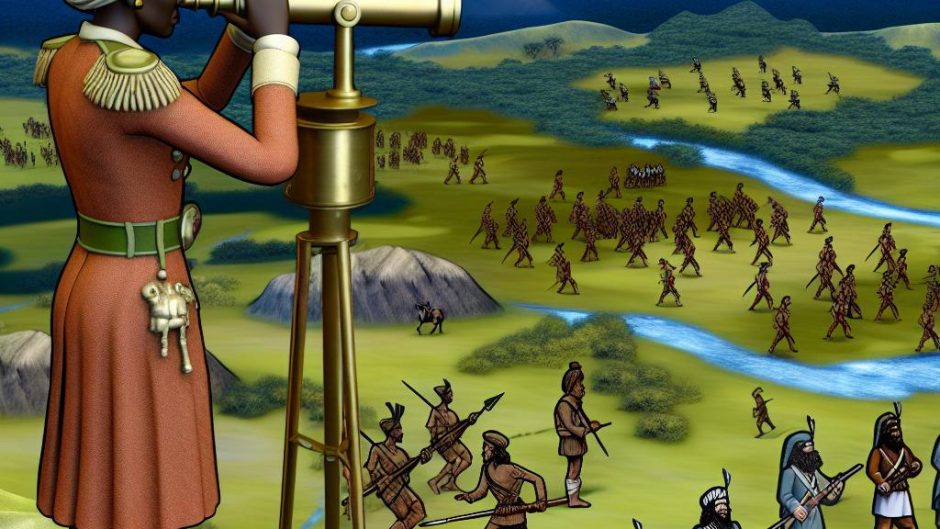
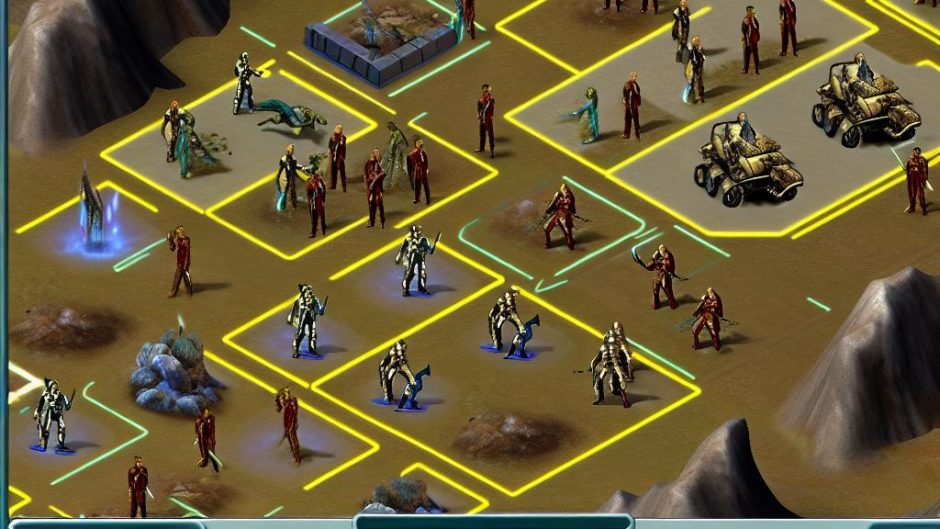
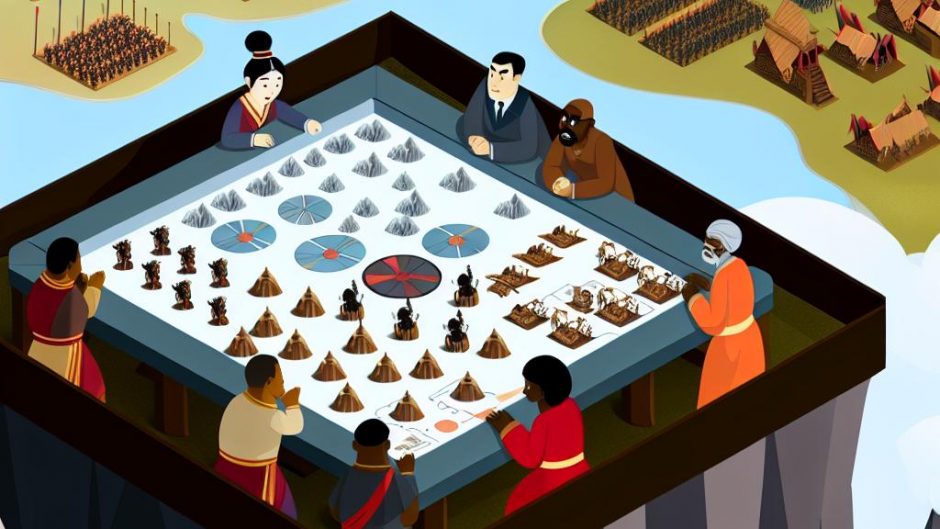

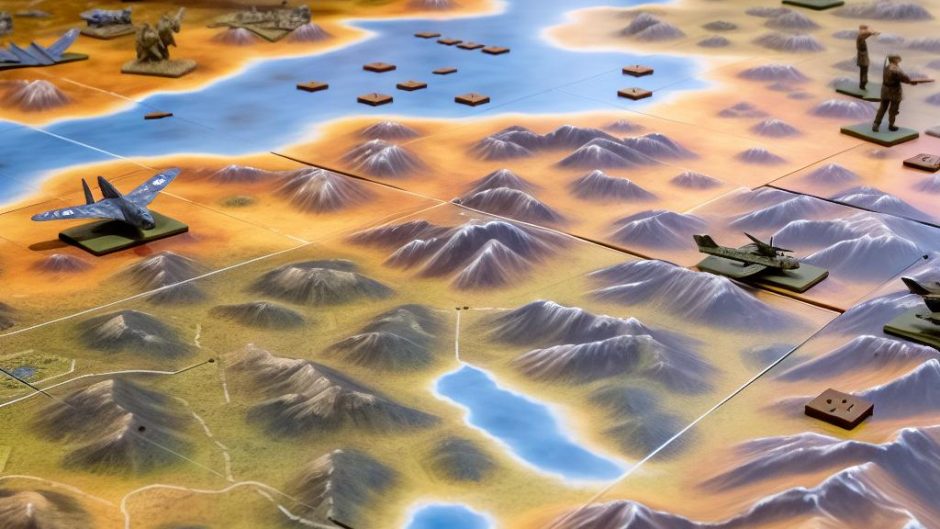
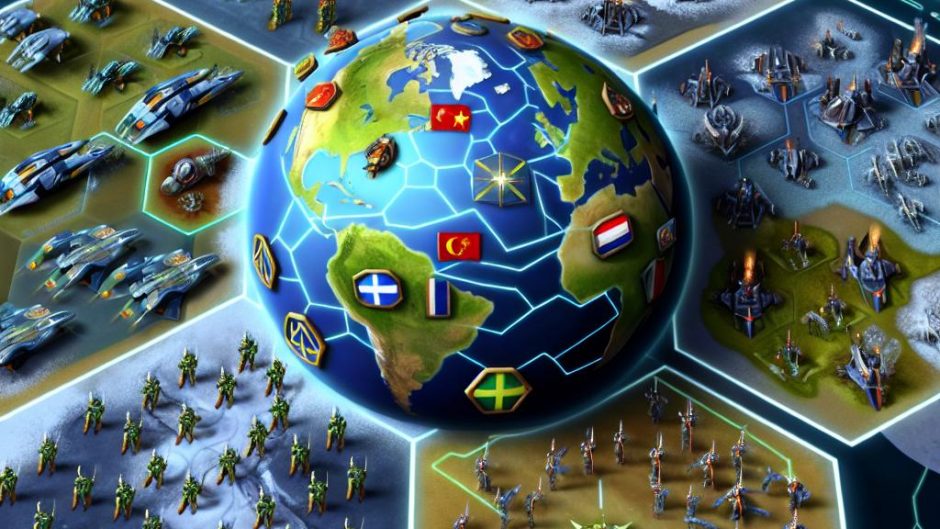



Recent Comments